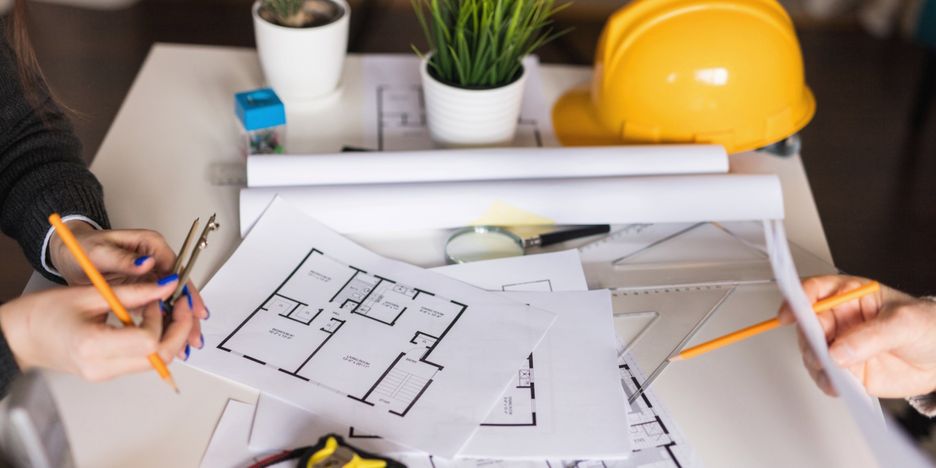Identifying Conflicting Goals and Resolving them through Investigations and Studies
Due to the sometimes contradictory goals - for example to bring a lot of daylight into the rooms without them overheating in summer - concepts and variant studies on different subject areas are suitable instruments. The instruments of sustainable building are particularly effective in identifying and resolving conflicting objectives in the planning phase in good time.
Only a consideration of the life cycle can provide information about the actual qualities of buildings, as these are usually used for very long periods of time. The life cycle of a building consists of the phases of planning, construction, use including maintenance, modernisation as well as dismantling, recycling and disposal. These life cycle phases must be analysed with regard to the different sustainability aspects and their interaction must be optimised. This can be done by calculations for individual components, but also for the entire building.
Sustainable construction and operation requires holistic and integral planning. The course for the later sustainability quality of a building is already set in the early planning phase. It is therefore important to take sustainability aspects into account in all planning, construction and management processes in order to maintain and improve the quality of the building.
Holistic planning means taking into account a large number of individual aspects from the respective life cycle phases with regard to existing dependencies or interactions. To this end, planners from different disciplines should be commissioned from the start of construction projects and work together to create harmonised sub-concepts.
Procedure and Coordination of Sustainable Building
The aim of evaluating construction measures on the basis of sustainability criteria is to achieve the best possible solution, taking into account all dimensions of sustainable building. At the start of the project, all building projects must be defined by users and building owners as targets for the individual sustainability aspects that the building is to achieve. During the planning phase, concepts and variant studies can be used to determine the appropriate procedure and approach for the building. Until completion, the achievement of the objectives is regularly reviewed and can then also be verified by building certification.
In order to implement the requirements of the Guideline and the Assessment System for Sustainable Building (BNB), sustainability coordinators are active who - comparable to auditors in other certification systems - accompany the quality requirements for sustainable buildings. Conformity testing offices check compliance with the sustainability requirements and also grant certificates as an award for federal construction measures. A corresponding qualification is required for sustainability coordination.
Other public and private building owners have the option of having their buildings certified in accordance with the BNB by system operators / certification bodies recognized by the German Federal Ministry of Building.


